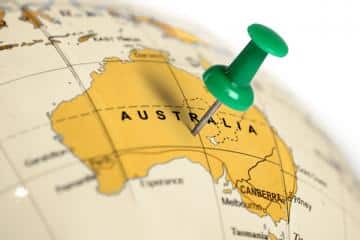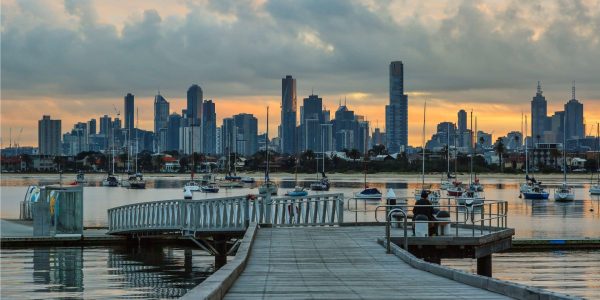We are regularly contacted by potential overseas candidates who enquire about the attraction and viability of a life and career after moving to Australia. With multiple staff, permanent candidates and contractors originally from overseas, we understand the challenges and implications of a potentially moving to Australia. Here are some tips that might help you with your next move. Are you thinking of moving to Australia and wish to begin a career in a desired field? Here are some tips how.
Interview Tips
Your Resume is the most important tool at your disposal for securing your dream job. You have almost five seconds to make an impression on a prospective employer. The content, format, length and written style of your resume will all impact the decision on whether you are granted an interview, allowing you to get your foot in the door. There are no set rules when it comes to resume creation, but here are some best practice guidelines to follow:
Length
- Anything over six pages will disengage the reader
- Keep it to the point and relevant
- A shorter resume can be achieved by summarising, using bullet points, and by avoiding lengthy narrative paragraphs.
Relevance
- Be upfront as the resume reviewer needs to establish quickly if you have the necessary skills to perform the role successfully. You may want to summarise key competencies in an introductory paragraph at the start of your resume.
- Consider tailoring your resume to highlight the skills relevant to the job you are applying for, rather than sending a generic resume in response to every job advertised.
- Keep irrelevant experience to a minimum.
- Don’t include a photo. Generally speaking, resumes without photos are better received.
Format
- A clear and eye-catching format is key
- Use bold type, paragraph formatting, and balanced white space to assist the reviewer to easily extract the required information
- Use a logical order- ensure you have your most recent experience and the most relevant details to the role appearing first
Example CV template (categories will vary dependent on the role):
- Personal details
- Profile/Summary
- Business/technical specialist
- Employment History. Your most recent position is generally of greatest interest. Allow most space and detail for this and cut down space dedicated to positions held a long time ago unless they are of particular relevance to the potential position.
- The company, Role, and Date (in reverse chronological order) clearly stating key tasks, projects,(where appropriate, include size, budget, etc.), achievements, technical environments worked in, and who you reported to.
- Professional and academic qualifications. Add your highest academic qualification only and all of your relevant professional qualifications. If applying for senior roles, avoid including any details which may suggest a more junior level. For example, a CIO would not include MCP certifications, as it will not be a key factor in any application.
- Additional Information. Include hobbies and interests, but be aware of what out of work profile you are creating, and whether it is appropriate for the position you are applying for.
Read our useful tips on:
Employment FAQs
Housing FAQs
Travel FAQs







